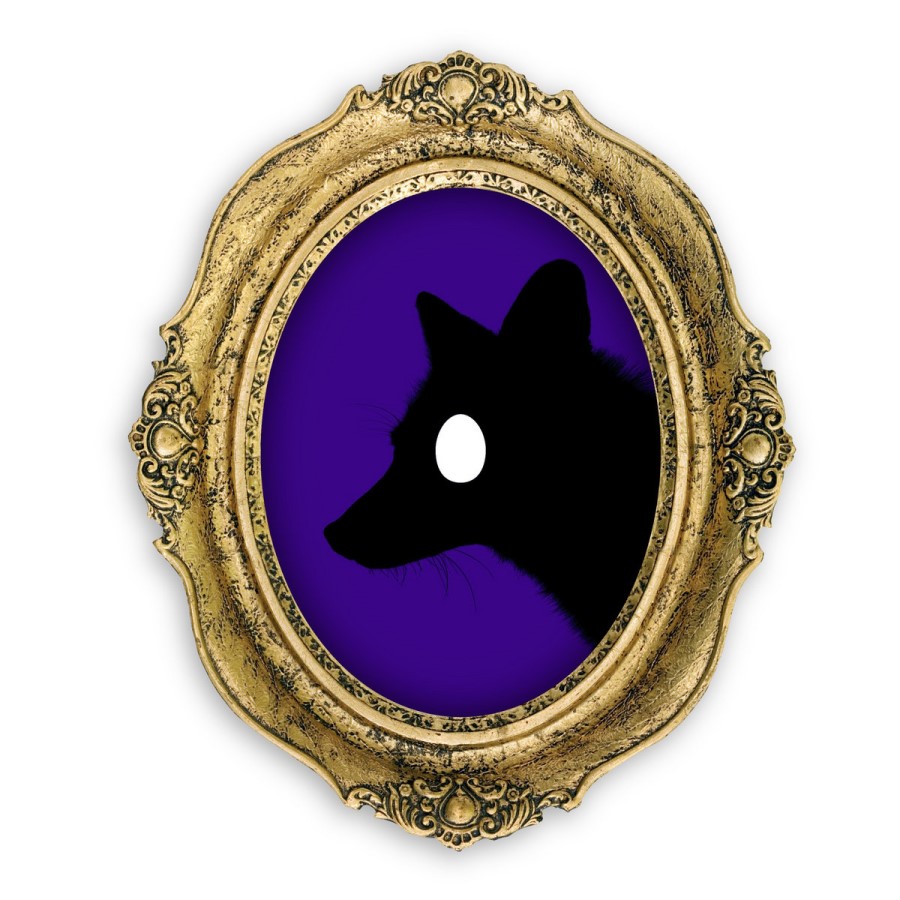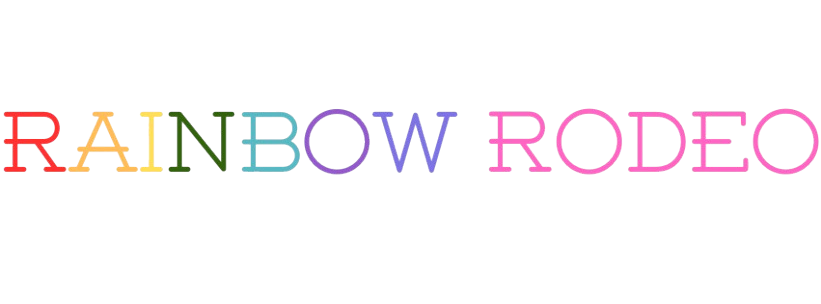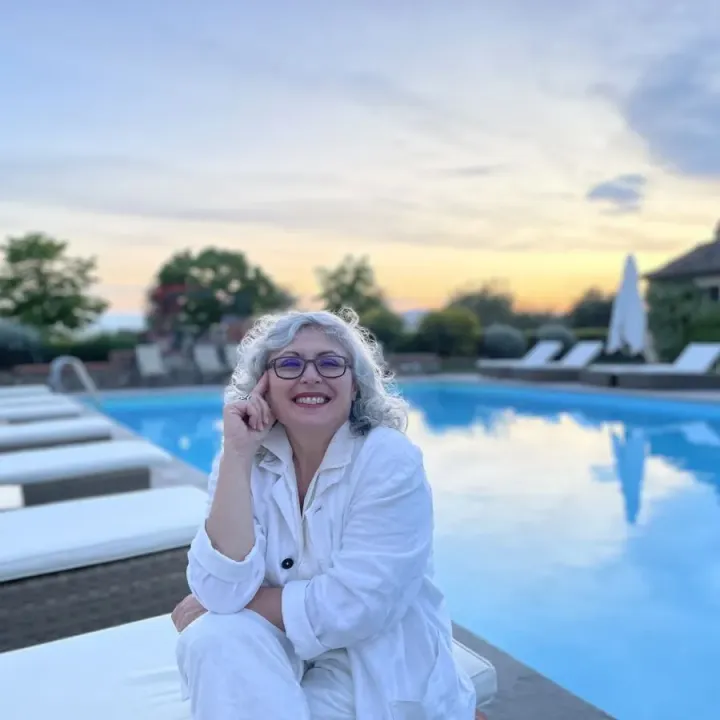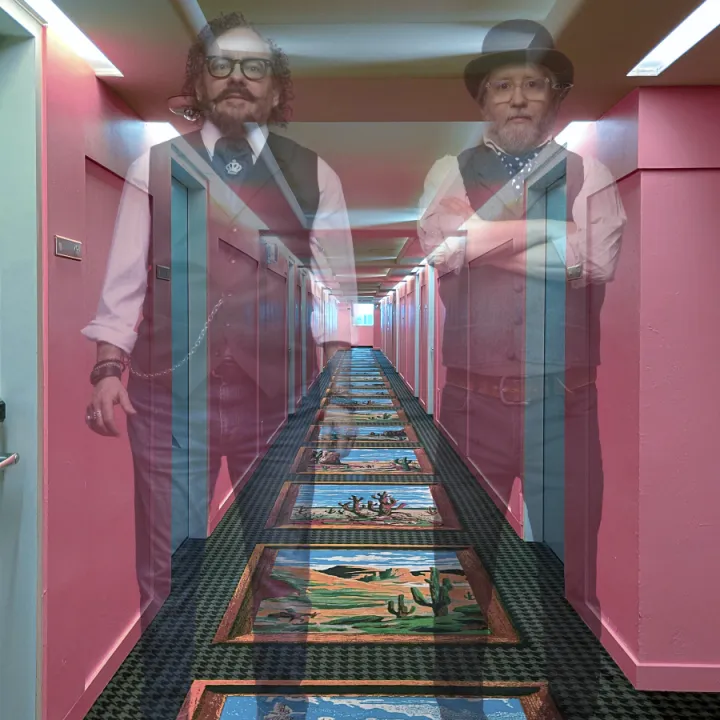INTERVIEW: Hen in the Foxhouse Sheds Light On Their Life as a QTPOC Artist in the Hudson Valley

Hen in the Foxhouse (Elena Krell, who previously performed as Elias Krell) is a Latinx artist and a former gender studies professor at Vassar College. They reached out after our interview with Al Olender, who sang the praises of the warm reception she’s received as a young queer artist in Kingston. The Hudson Valley is known as a home for free thinkers, folk music, and progressive causes — that’s where Woodstock is.

However, Krell’s experience has been different, a microcosm of the changes New York’s Hudson Valley has seen as artists, priced out of New York, sought out a slower pace of life and wealthy people, who voraciously bought up real estate during the initial stages of the COVID-19 pandemic, have altered the Valley. As this piece was going to press, Hyperallergic reported that a Black-led tenants right organization in Hudson New York, the Williamsburg of the region, was priced out by an incoming arts space, demonstrating that Krell’s experience is not unique.
While our conversation was weighty, Hen in the Foxhouse’s new song “No Balcony” is a whimsical folk song evoking the pleasures of travel and observing strangers at a distance.
How has the Hudson Valley been treating you, as a queer performer of color?
Just to give you a little bit of context for me. I taught at Vassar College in Women’s Studies for the last nine years. I have a background in activism and education and social topics. I’m coming at this as an artist, but also as someone who cares deeply about social justice issues.
When I talk about my experience in the Hudson Valley, I do want it to be in the context of understanding systemic oppression and thinking about how we’re all implicated. It’s not about calling anyone out or making people feel bad, but I feel like what I want to say is that the Hudson Valley faces a lot of the same issues that a lot of places do that are beset by what we could call white liberal racism.
That phrase is helpful because it gives us a framework for thinking about how white supremacy functions outside of overt racism. I’m passionate about decoding this, because I think that the Hudson Valley is a wonderful place if you are from here and if you’re a young person trying to get started, I think people really support you. And if you’re an older person — say like 60s and older who has lived here for like 20, 30 years — I think it’s very supportive for those kinds of folks in general But I feel like there’s a whole bunch of people in the middle that get left out. To get back to white liberal racism, I think one of the ways that it functions is people are very concerned about seeming racist, even more so than being discriminatory.
There’s a lot of organizations in the area that are committed to doing the work of diversity but when you look at the structure of the organization, the leadership is all white cis people. One thing that any organization can do is make sure that there are people of color in positions of leadership. One area where bias can really take hold without people realizing is by what counts as “professionalism.” Far more important than any certificate or degree is someone’s willingness to do the job well and their interest in learning.
I would urge all orgs in that position to consider that something that needs to be fixed asap. People of color and queer people deserve to be in positions of leadership, they will bring in a more diverse array of talent, and they have perspectives that can only contribute to the strength of any org’s mission.
Whenever you’re more concerned about maintaining face than you are about actually being inclusive, that is a big signal that white supremacy is going on because it’s situation white people at the center rather than asking, “how can I amplify other voices?”
Sarah Ahmed wrote this really wonderful book called Feminist Killjoy that talks about the Catch-22 of pointing out a problem — and then you become the problem like people look at you and say “oh, it’s the feminist killjoy.” I am nonbinary and when I point out something that feels transphobic or homophobic, I get ignored.
There are a lot of people there who got priced out of Brooklyn and then they’ve moved up to the Hudson Valley and they’re patting themselves on the back or something. And then of course all the people who fucked off up there during COVID.
But you’ve been living up there for a while. Do you feel like any of this has changed significantly?
It’s been really sad and frustrating and angering to see friends of mine get priced out of this area. I feel like he city of Kingston is trying to respond in the right way.
As an artist, I’m in a complicated position because I’m finding that those people who have moved from the city are actually more open to connecting and collaborating. I feel like the people who are from here have dug in their heels even more in response to that gentrification. As a queer person of color, as an immigrant — I’m Latinx, my family’s from Mexico and Honduras — as someone who is good at navigating and adapting to new places, the gentrification has put me in this awkward position of being grateful for the people who are coming up here from the city, but at the same time, understanding that that’s an issue.
I just wish I wish there was a way that it was normative to be inclusive in a way that isn’t about patting yourself on the back for being inclusive, but that is genuinely about wanting to expose yourself to new ideas and different.
The people who run Rough Draft, for example, and Radio Kingston, have both been super supportive and wonderful to me and I’m really grateful to them. But there’s a lot of folks in positions of power who don’t take accountability for that power, and when called out, react very negatively. Again, because the trap of white liberal racism, your fear is about being seen as the wrong kind of person.
I think it might also be a little generational, you know, like the struggles of the 1960s are not the struggles of like the 2020s, and like maybe you’re responding to what was difficult when you were first coming up as an artist, but you’ve lost sight of the fact of what’s difficult for artists now.
And not being able to at least hear it. People react so viscerally to that word, right? As a queer person too I feel like I exist in this fault line along with other queer people of color in this area, where it’s like, if you’re white and queer, then you’re visible. If you’re a person of color and you’re straight, then you’re also somewhat visible, but often for the wrong reasons. But if you’re a person of color and queer, it’s like, even the queer community is very ignorant of its own biases and elisions.
It’s very possible to go to a queer event here and be the only person of color and have people not even register that.
I feel like I could live here until I was 80 and never fit in. And I think that’s a problem. You know, like if I’ve been here for 10 years and I still feel like an outsider, that’s not on me.
What are some steps you’re hoping to take to change things as Hen in the Foxhouse?
I really appreciate that question because it’s easy to fall into the trap of just looking at the problem and articulating the problem, but it’s critical to give people ideas for solutions, things they can do, if they want to.
I am hopeful that people who have the right intentions will do that extra work of figuring out how to break through the guilt and the shame and the anxiety around doing it wrong. But, at the same time, people only change if they want to change.
At this point I want to create the space that I’m wanting and that I’m that I’m longing for. My music speaks to a lot of different kinds of people and a lot of different experiences. But because I am queer and because I am who I am, more queer people can hear themselves and find healing in my music.
Hen in the foxhouse’s 15-track debut will be released this May.




